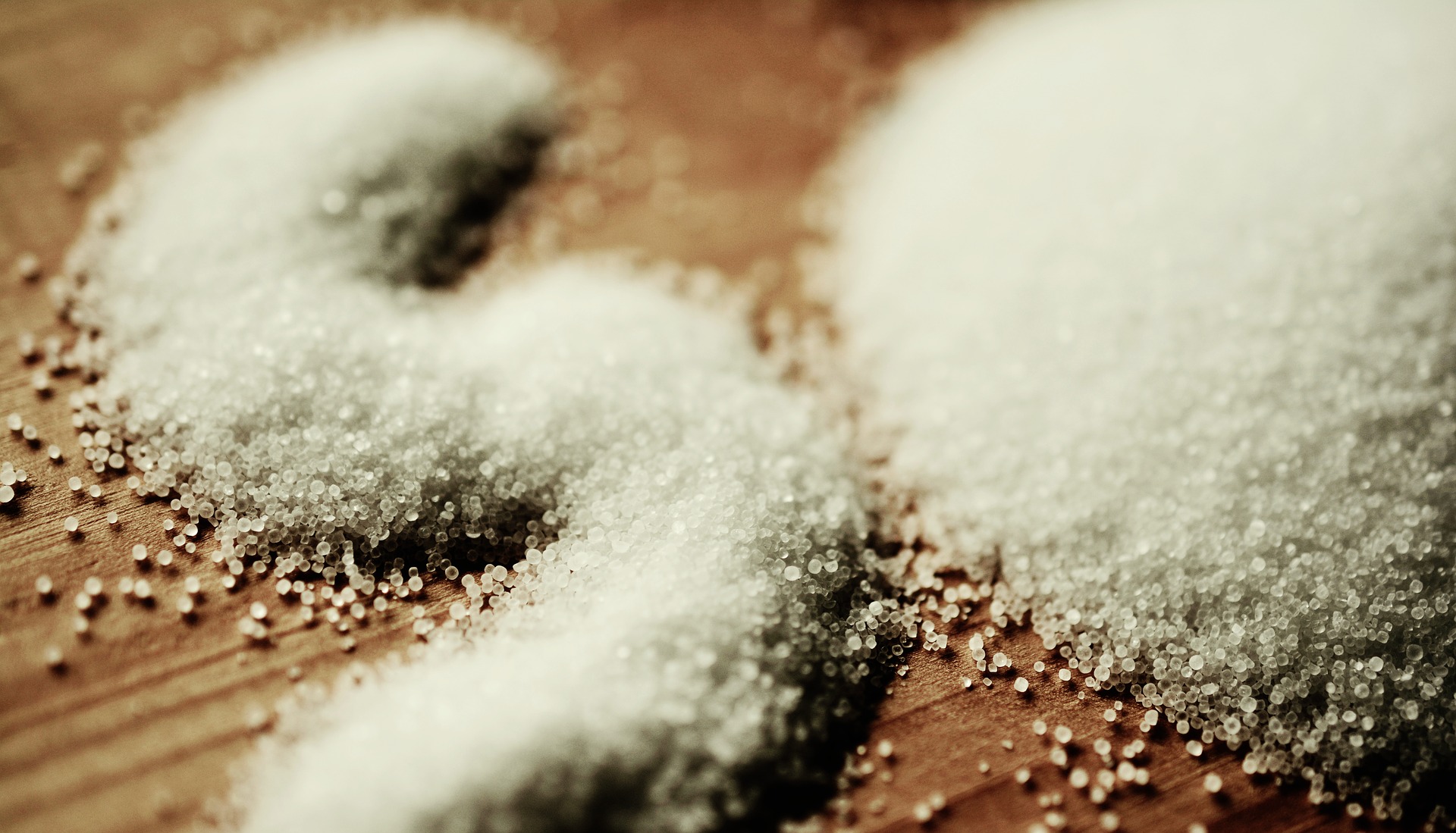IS SALT BAD FOR HIGHT BLOOD PRESSURE?
“I can’t eat salt because my doctor says it is bad and causes high blood pressure”
You have probably heard these a million times in your life. The most impressive thing about it, is that we none of us takes a minute to think about it; or even bother to do a research for ourselves.
In recent times salt has gained a bad reputation for its bad impact on our bodies. Thus, it would come as surprise to hear that this ancient seasoning is essential for our good health and well-being.
The question is: What type of salt?
Salt is an essential element we need to survive. A part of our body consists of salty water—very similar to sea water. However, we cannot absorb these nutrients out of common table salt.
Processed table salt is just sodium enriched with iodine and chlorine. It is usually collected with bulldozers and it’s adulterated with sand when it comes from the sea, or with soil when it is mined. Tiny particles of this sand (or soil) remain in the salt even after it has been processed.
Technically, what reaches your table is bleached sand with salt. A white poison.
Here’s where the hypertension begins:
When you consume table salt, the sand in it scratches the arteries causing them to bleed. The body sends cholesterol to the wound, in order to stop this internal bleeding.
Over the years, the accumulation of cholesterol squeezes the artery, narrows the blood passage way and results in increased blood pressure.
Ouch!
What we need to realize is that the naturally occurring handpicked, sea salt, is NOT just sodium and chloride.
Sow how can we distinguish the unprocessed, natural sea salt?
· One way is color
Unlike the perception we all have, salt is not plain white. Its color varies, from a bright transparent to a glittering white. This has to do with the weather conditions when it dries.
Salt whitens when it has undergone processing.
· A second way is moisture
When salt retains its moisture, means that it is untreated.
One of the first forms of processing salt, is the removal of its moisture (baking).
· Another way is the size of its grains
The grains of the naturally occurring sea salt do not have the same size.
Numerous studies have shown that the problem is not in salt, but in the type of salt we consume. After eating a meal rich in table salt, the ability of the arteries to transport blood to our body is reduced for about an hour.
· Natural Sea Salt, has nothing to do with the cheap, bitter and refined salt. This is an industrial product, that contains harmful additives and is linked many health problems.
· Natural Sea Salt contains over 98 essential trace elements, beneficial to our health.
· Natural Sea Salt, fulfils the needs of our bodies, while not disturbing the hydroelectric balance.
The choice is yours.
